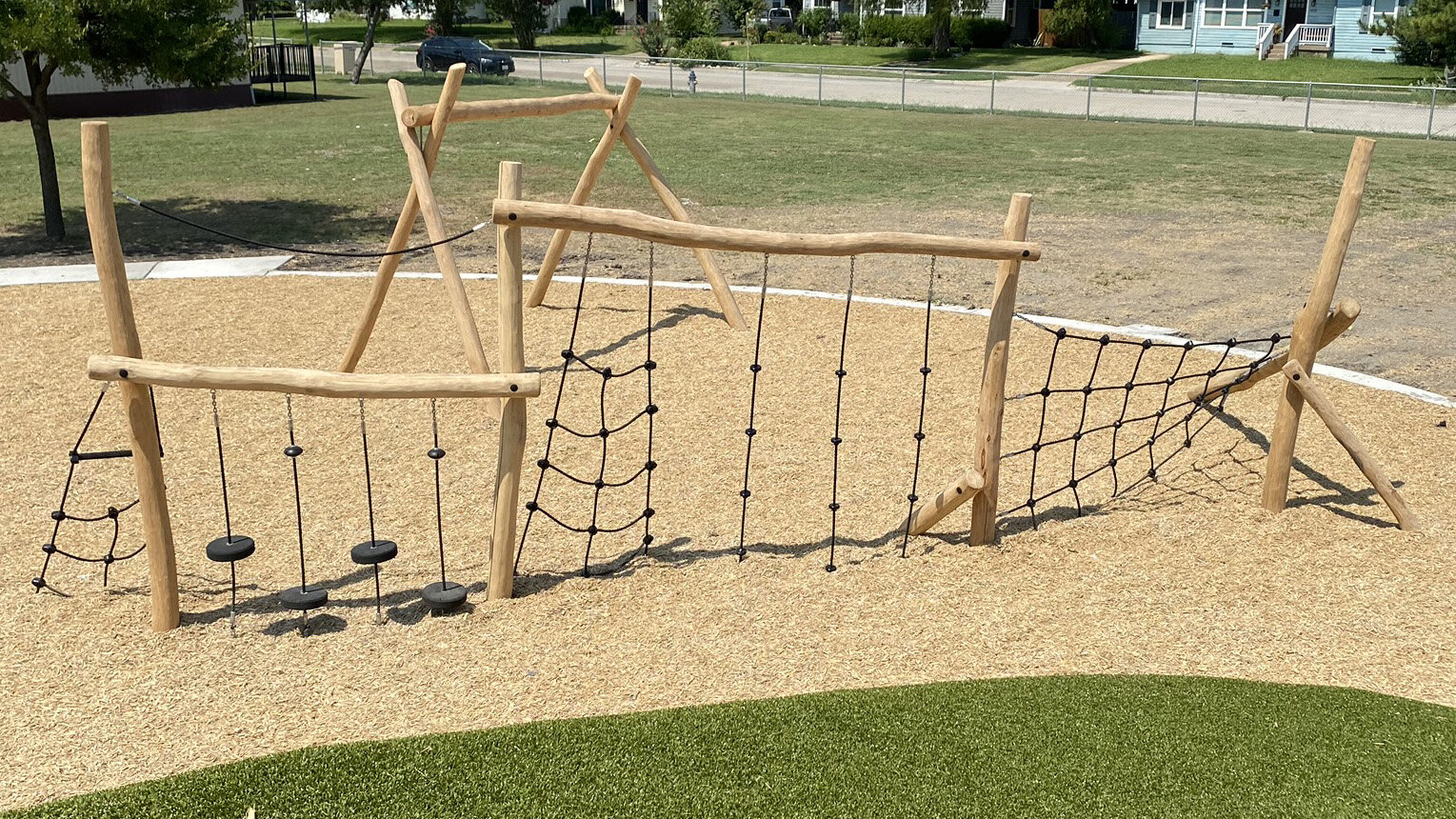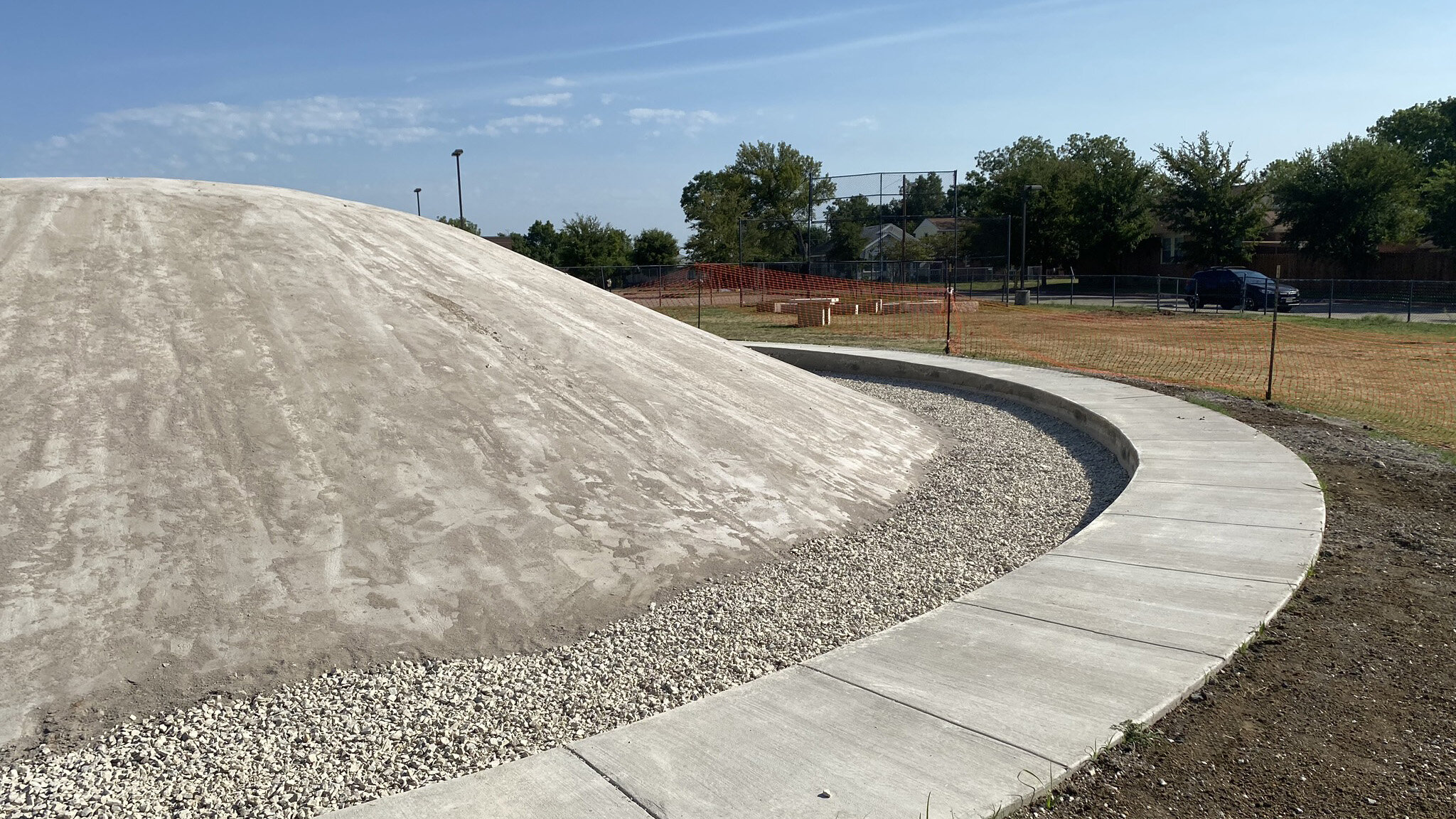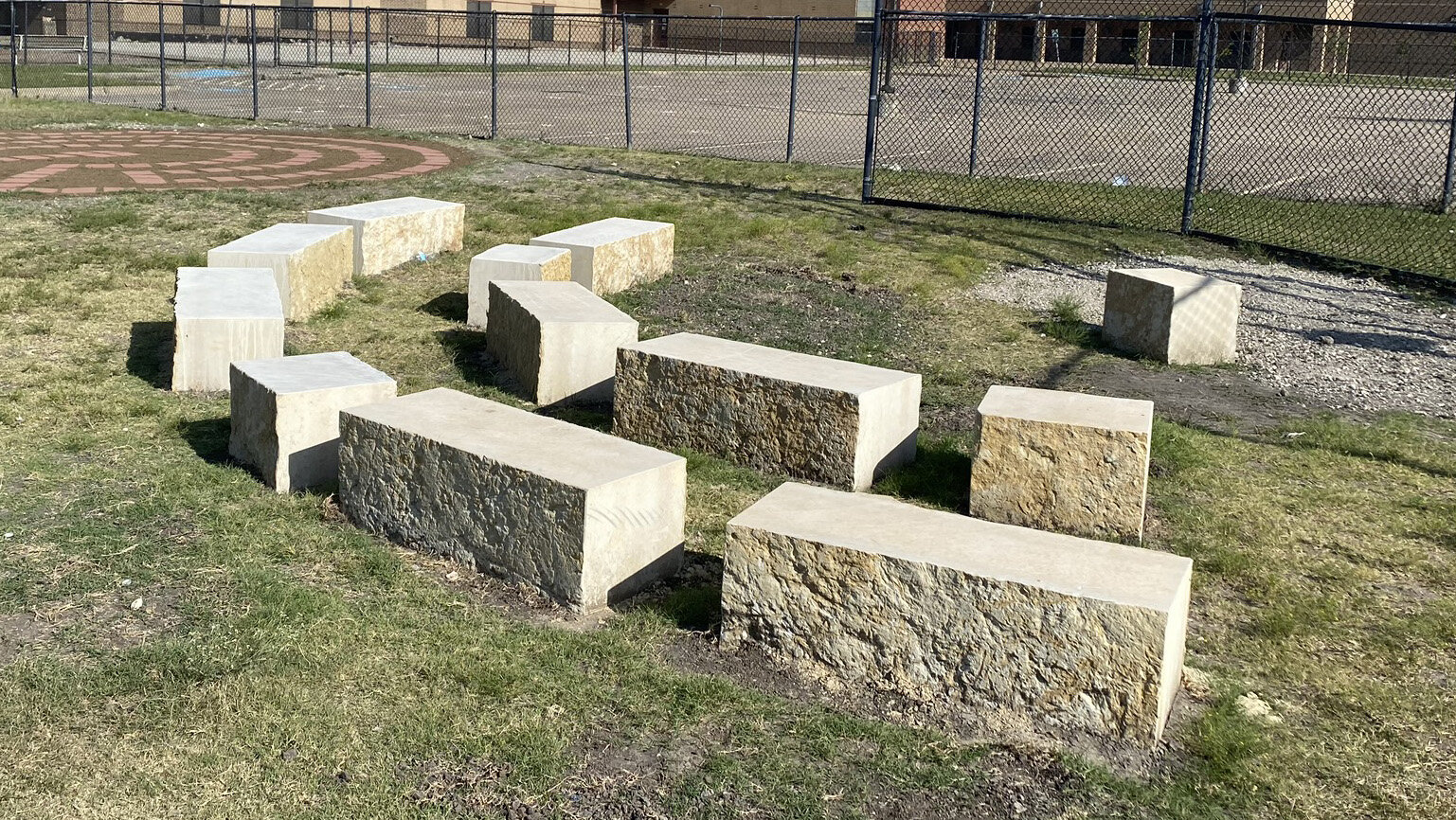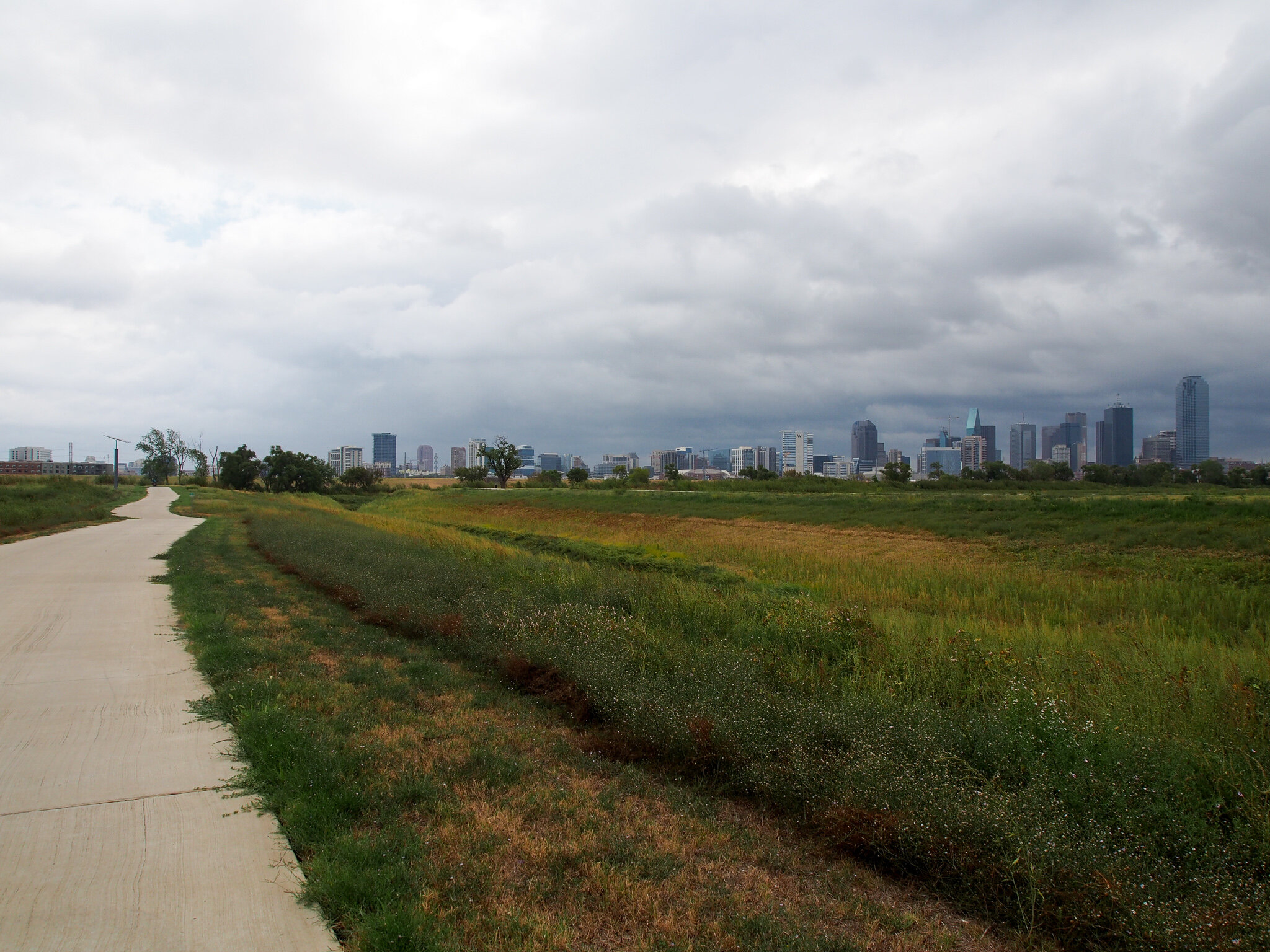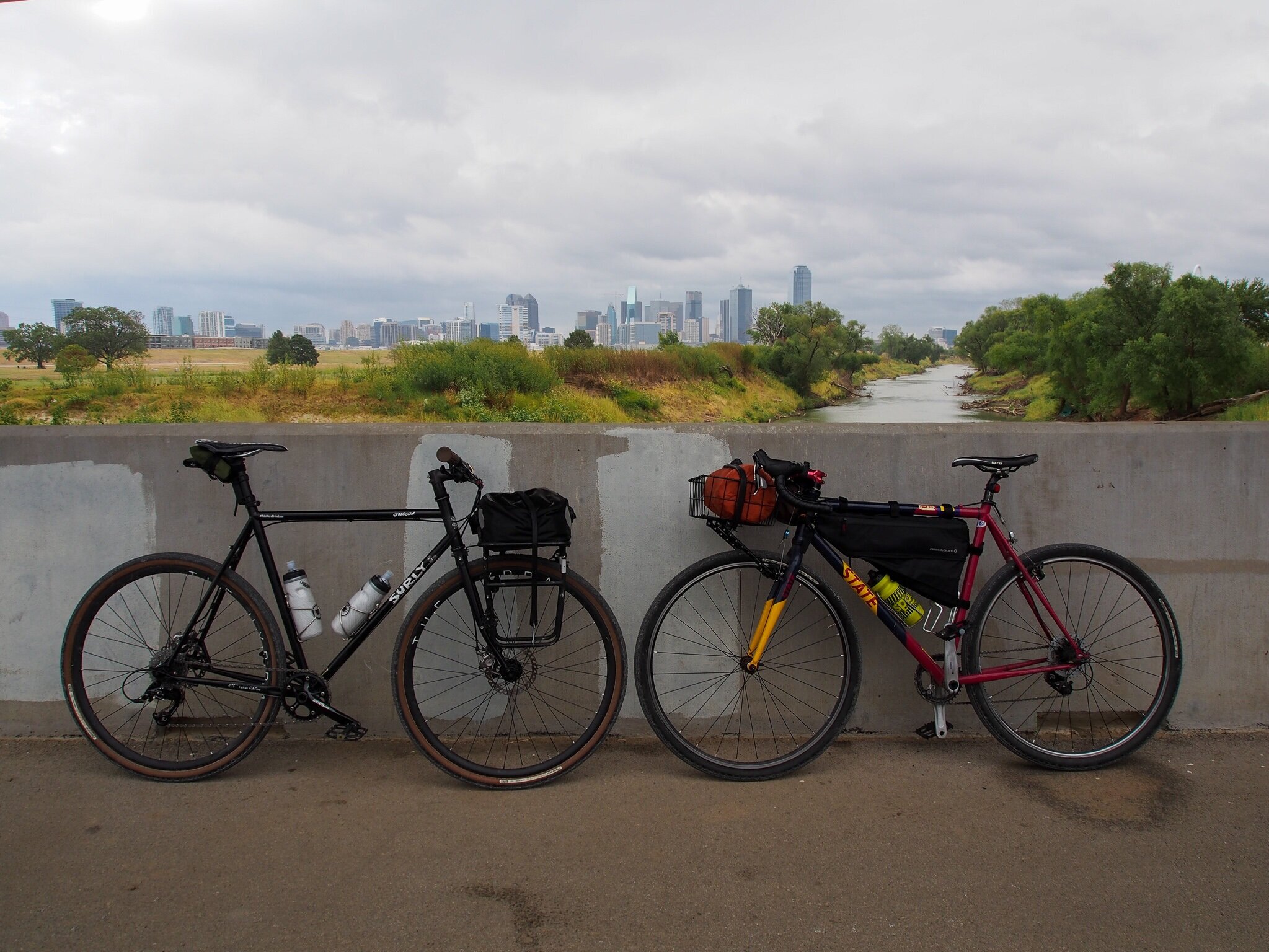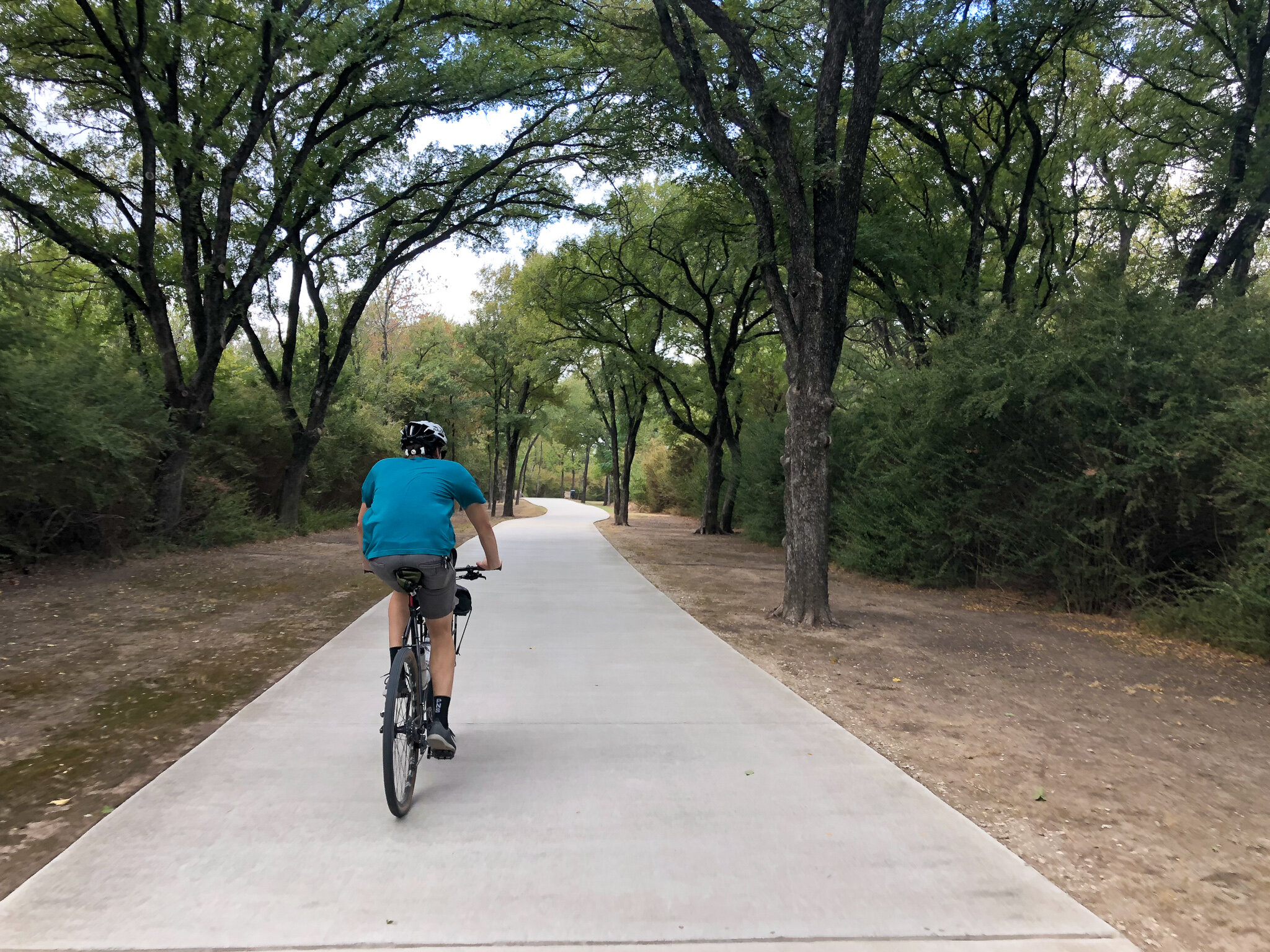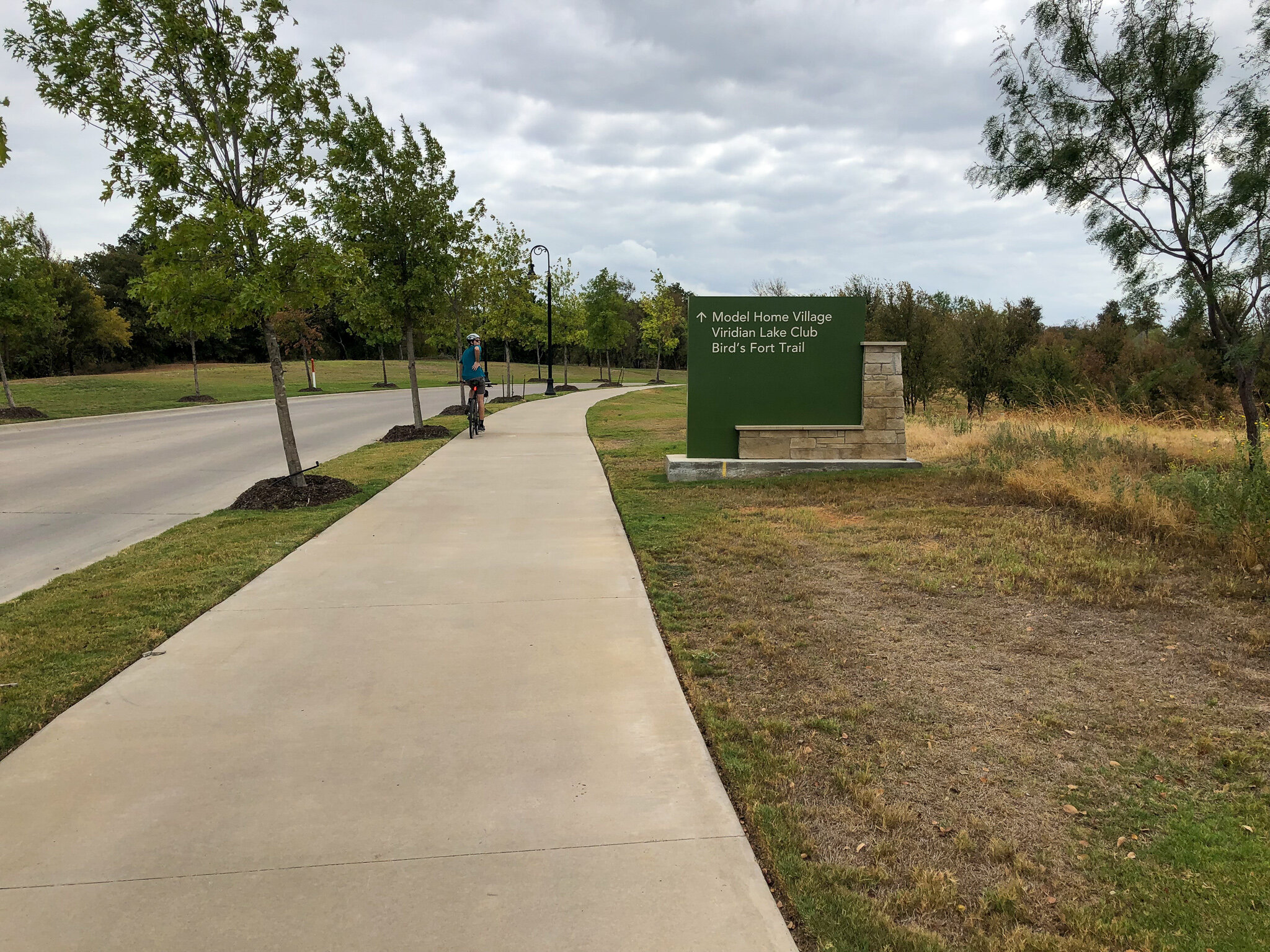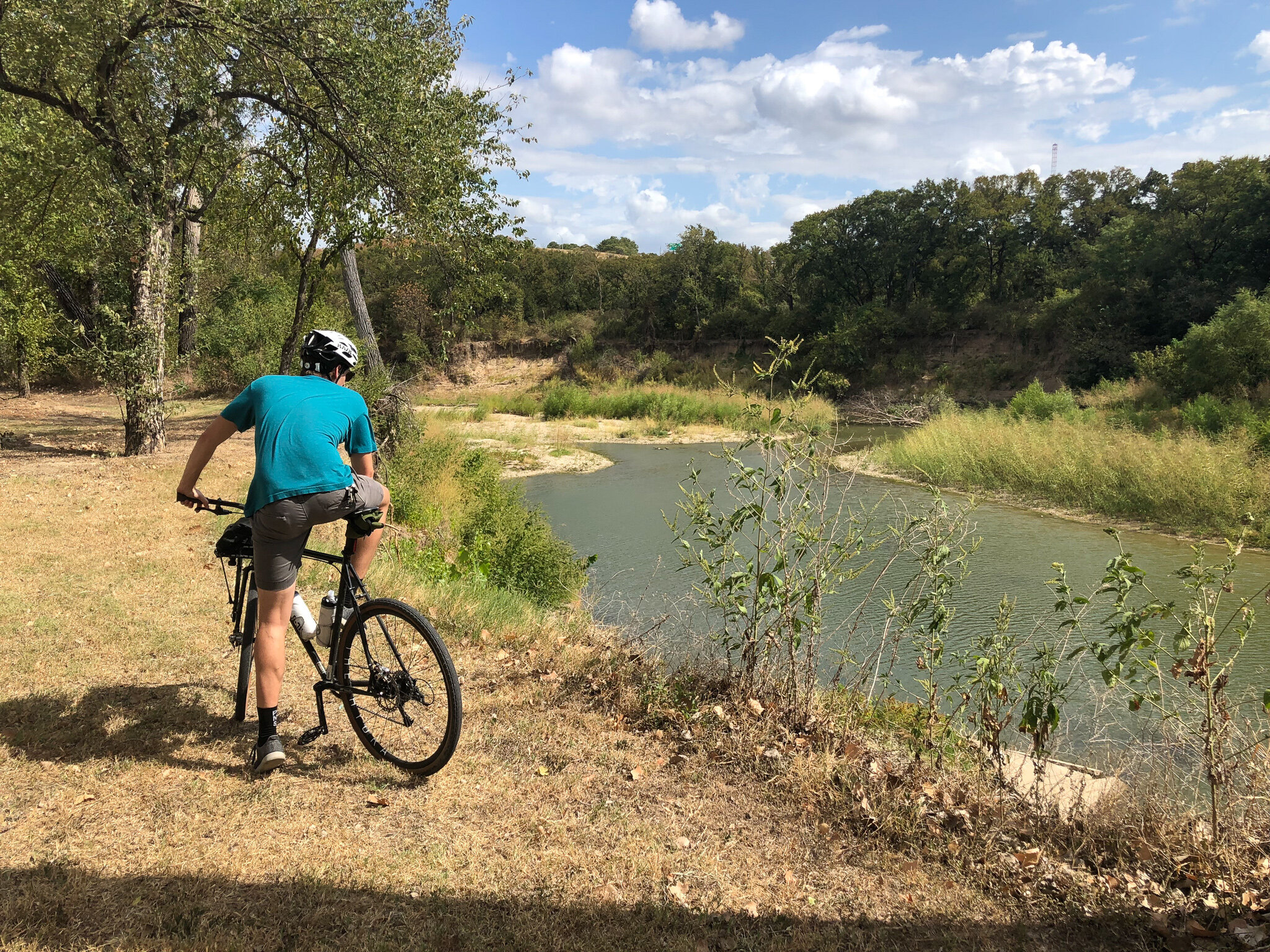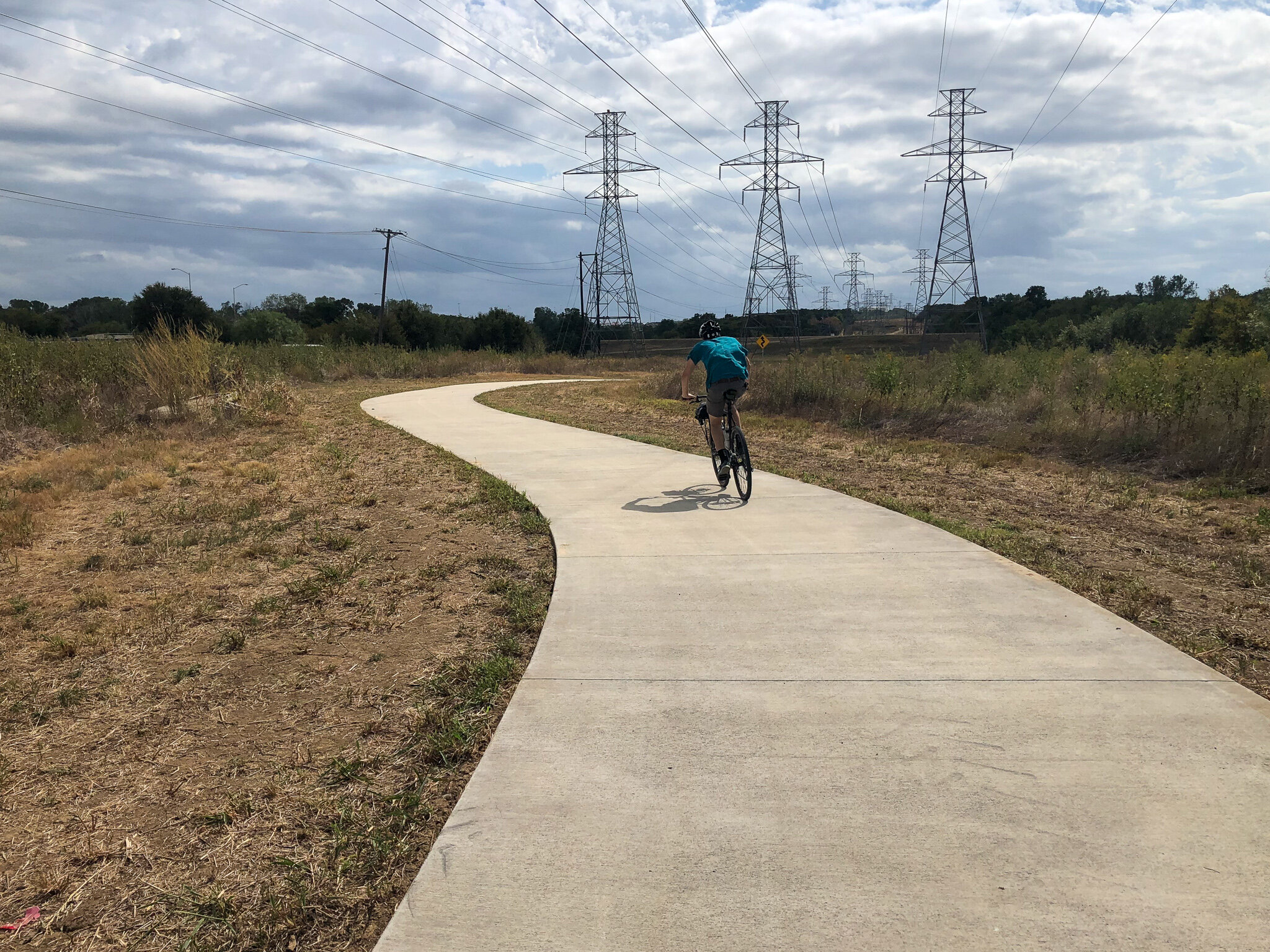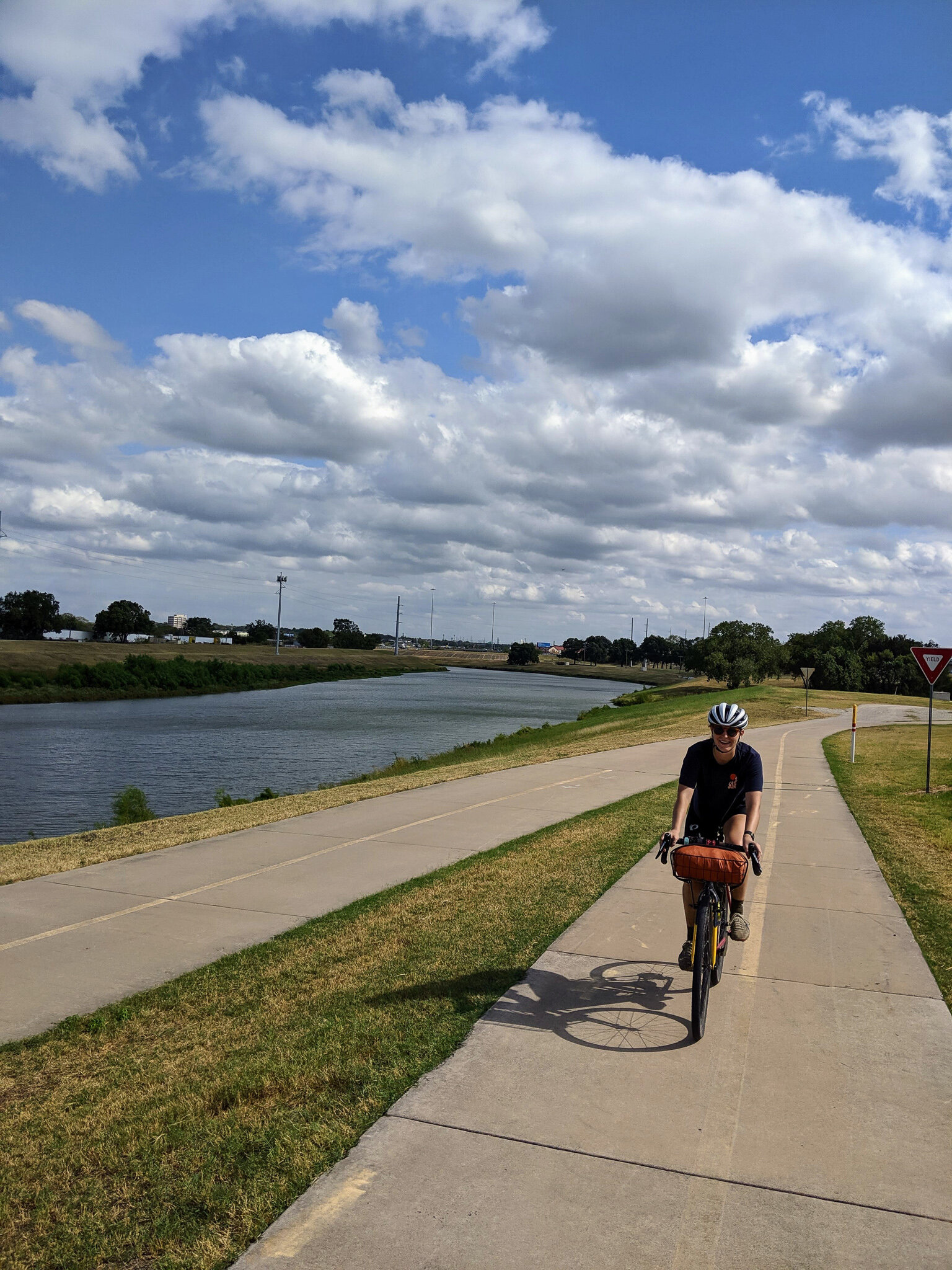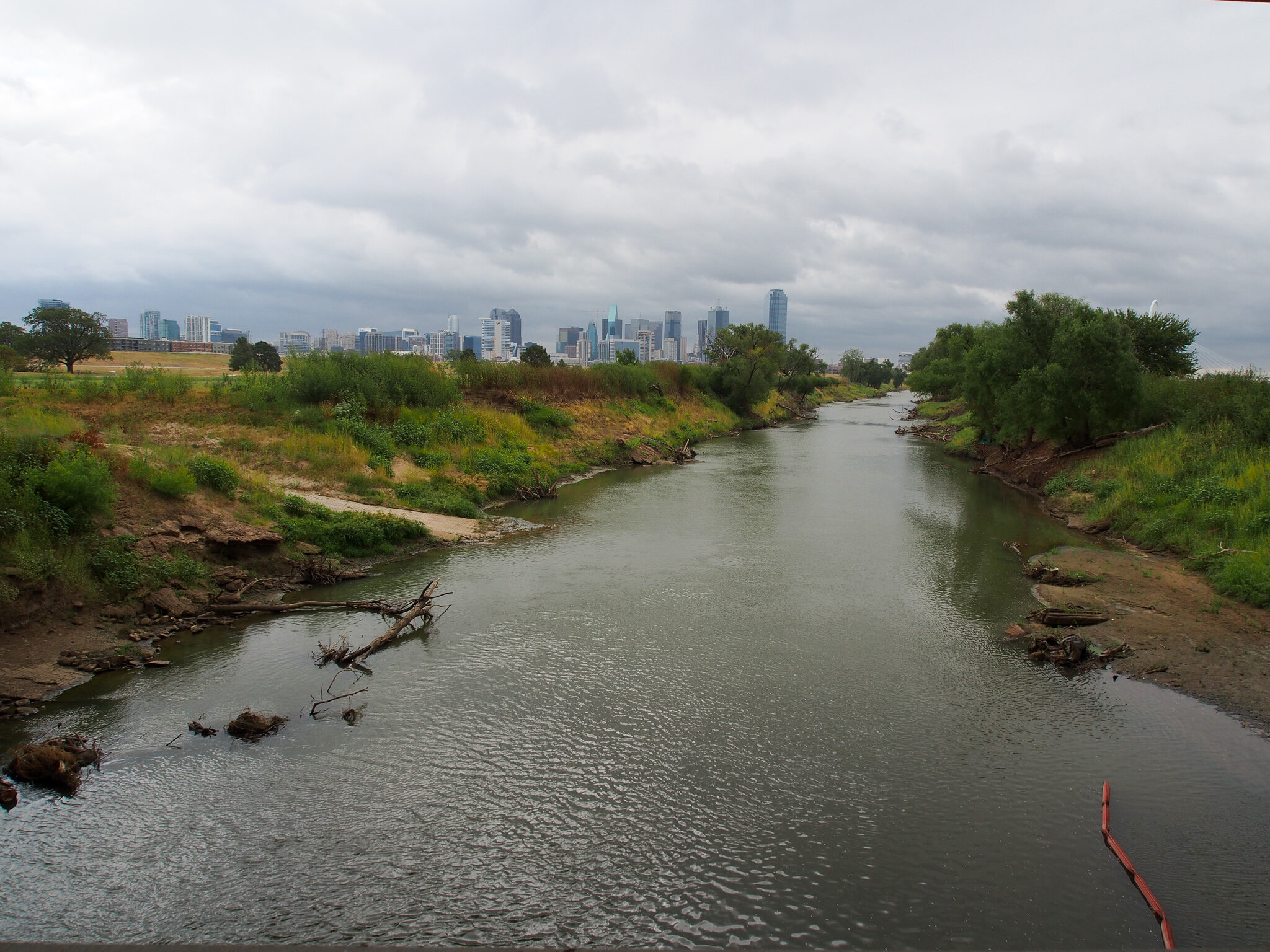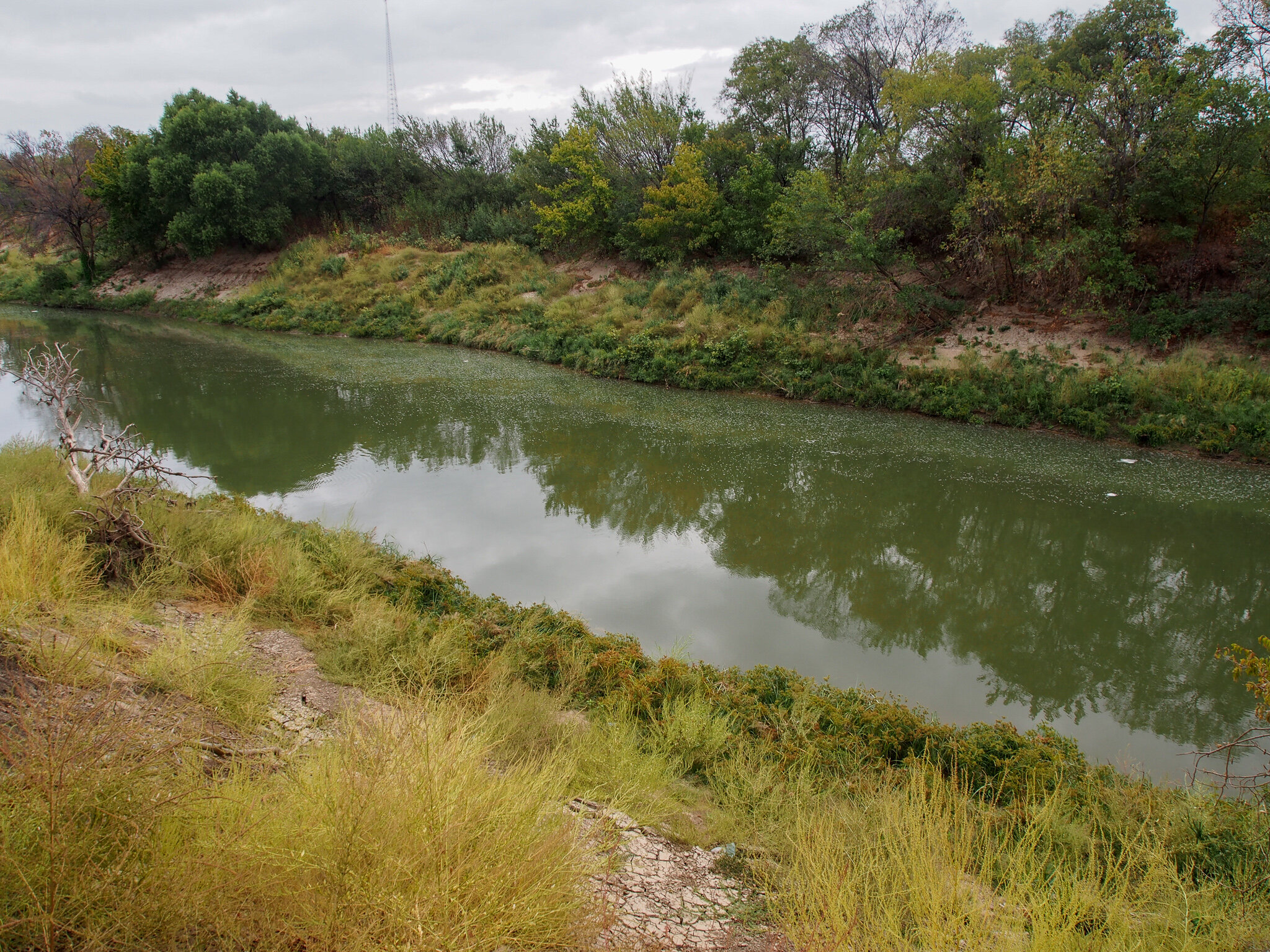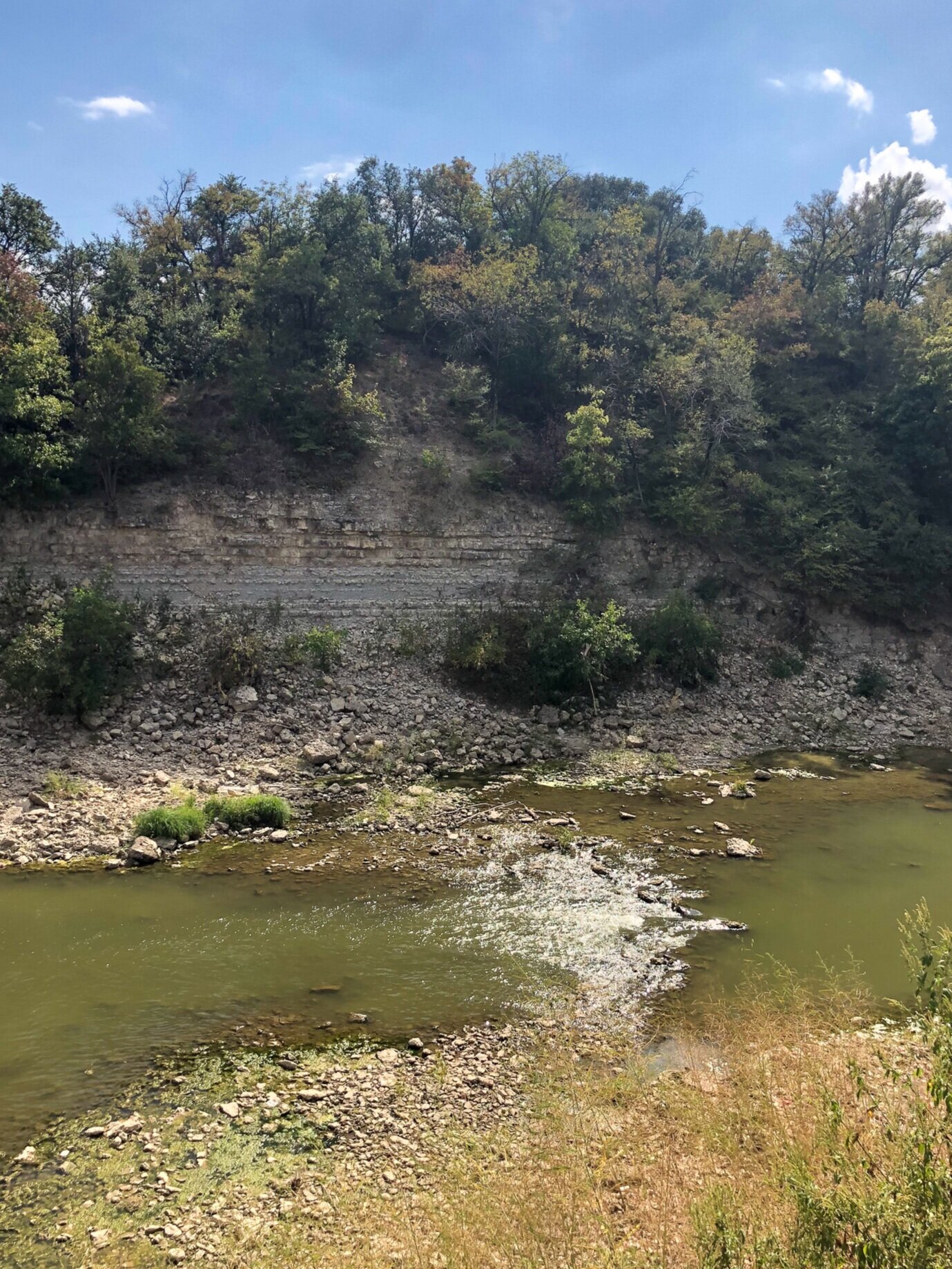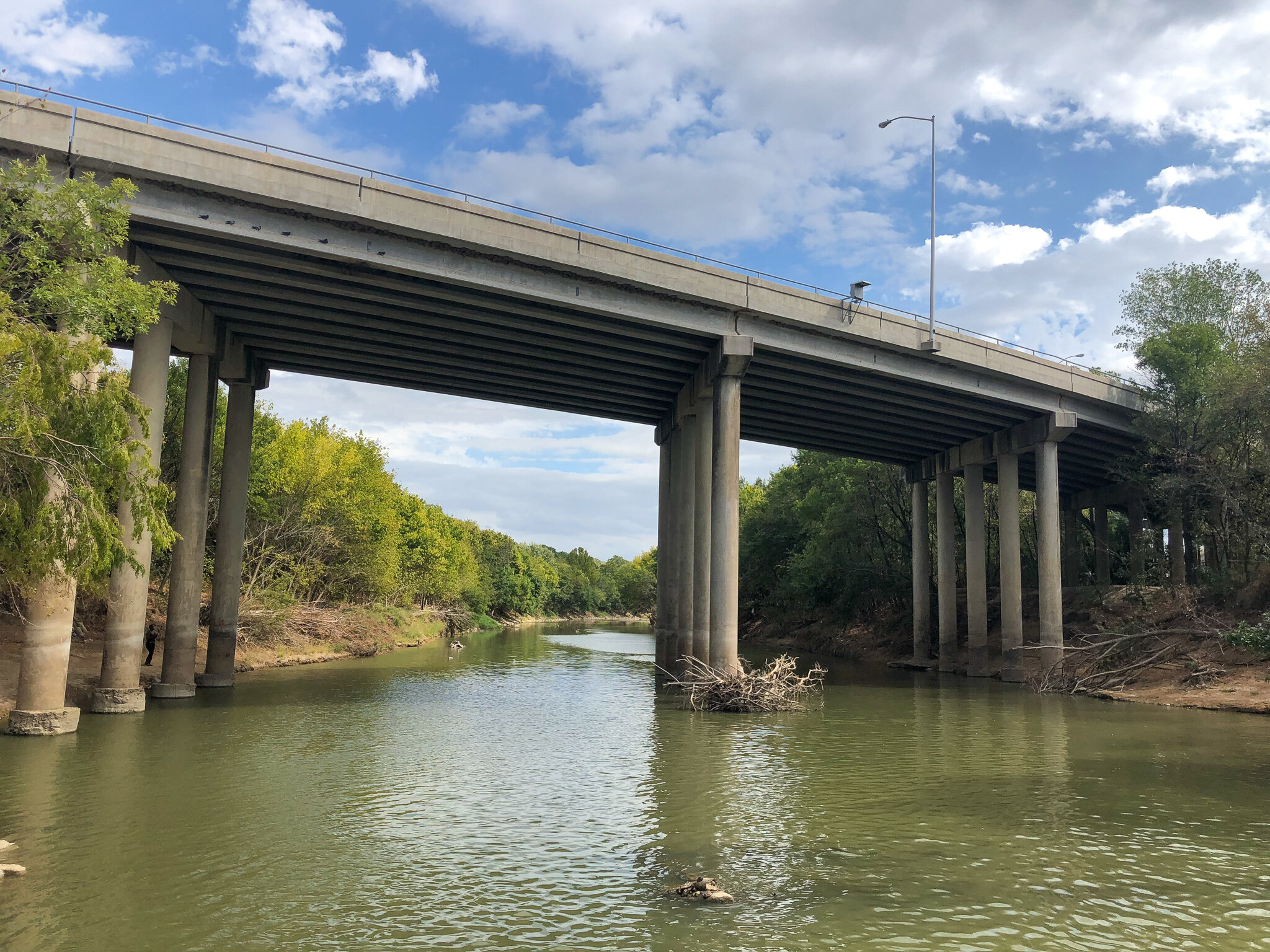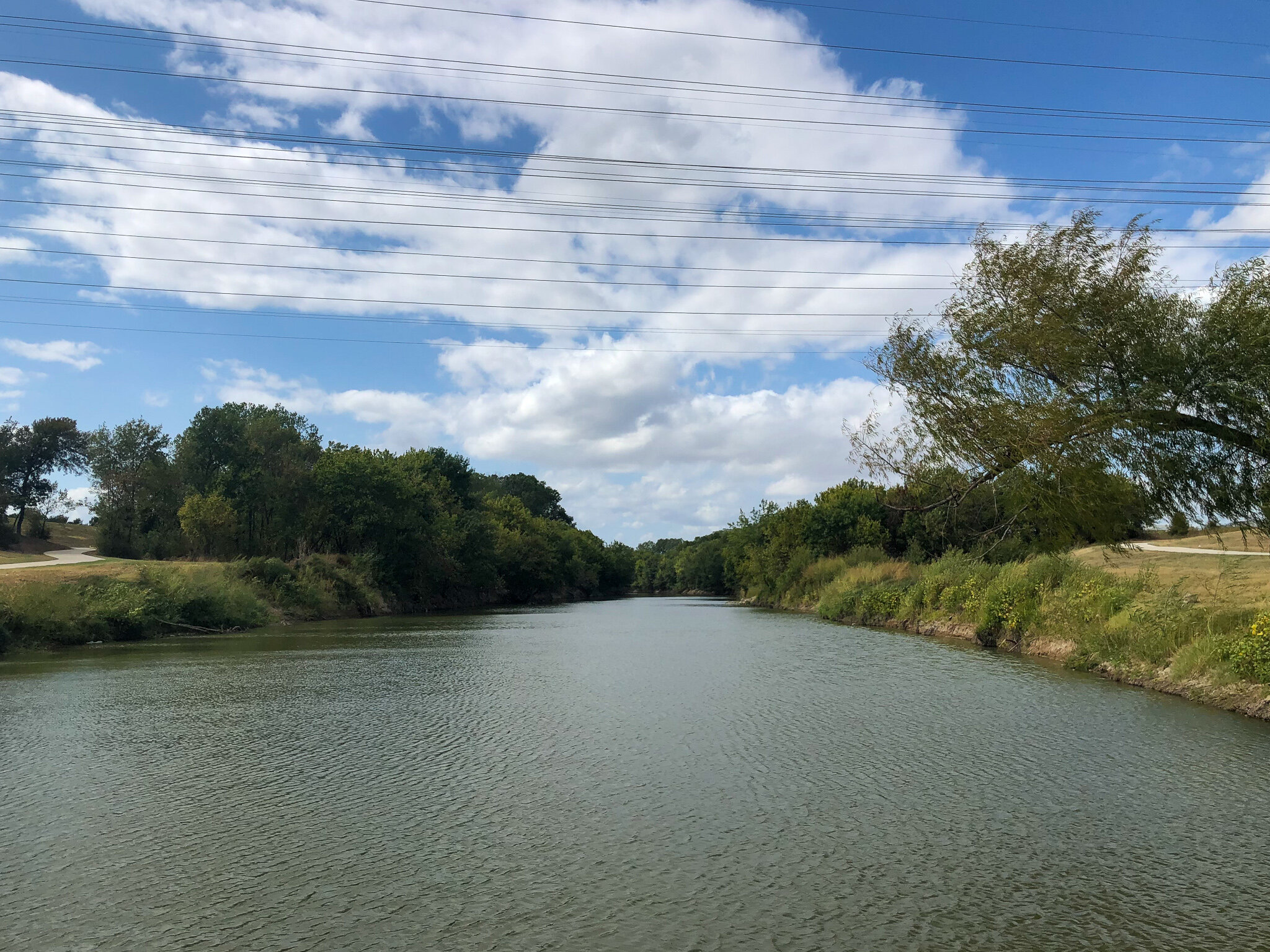The Texas Trees Foundation started the “Cool Schools Neighborhood Park” program in 2016, aiming to alleviate “park deserts” among neighborhoods by opening school parks to the community during after-school hours. “Park deserts” are communities that do not have a park within a 10-minute walking distance. This multi-phase project is a continued partnership with Texas Trees Foundation, Trust for Public Land, Dallas Parks & Recreation, and the Dallas Independent School District. For the past several months, our design team has been working with six elementary schools throughout the City of Dallas: Arturo Salazar Elementary, David G. Burnet Elementary, Frank Guzick Elementary, John Ireland Elementary, Personalized Learning Preparatory at Sam Houston, and Reinhardt Elementary.
As a Cool School Neighborhood Park, each school receives a new playground, between 50-100 new trees, and a new outdoor classroom. The outdoor classroom consists of a presentation area, a lab area, and a social/emotional learning area. At each school, a group of volunteer staff, administration, and teachers formed a “Green Team” to guide the design and share their expertise. Some teams wanted an outdoor classroom that was more fit for Pre-K students, and some wanted an outdoor classroom for every age group. These designs came to an even more underlying importance.
The playground edge is prepared for the installation of new playground equipment at Frank Guzick Elementary School.
Playground equipment has been installed at John Ireland Elementary School, with a layer of playground-safe mulch, it will be complete.
Just as we began to engage each Green Team on the outdoor classroom, the COVID-19 pandemic began and tested our adaptability as the city and country began to quarantine. Our design team had to shift gears and prepare to go 100% online. Outdoor classroom design meetings with the Green Teams and our collaborators continued through video phone calls as the installation date grew closer. But with the still rising pandemic and no clear end, we realized that these outdoor classrooms are going to be an even more valuable asset for these schools. It is safer to be outside as opposed to inside during this pandemic, and teachers and students can still learn with properly designed outdoor spaces. The upcoming school year will be a good test for these outdoor learning environments.
We do not know how long this pandemic will last or if this will happen again. But we can educate ourselves on the CDC guidelines, outdoor learning environments and how we can successfully bring those together. As Phase 3 begins, these spaces can be designed with an even more critical eye. Our profession designs the environments that people use every day, so in a time of crisis and uncertainty, adaptability is key.
Click here to learn more about The Texas Trees Foundation Cool Schools team.




